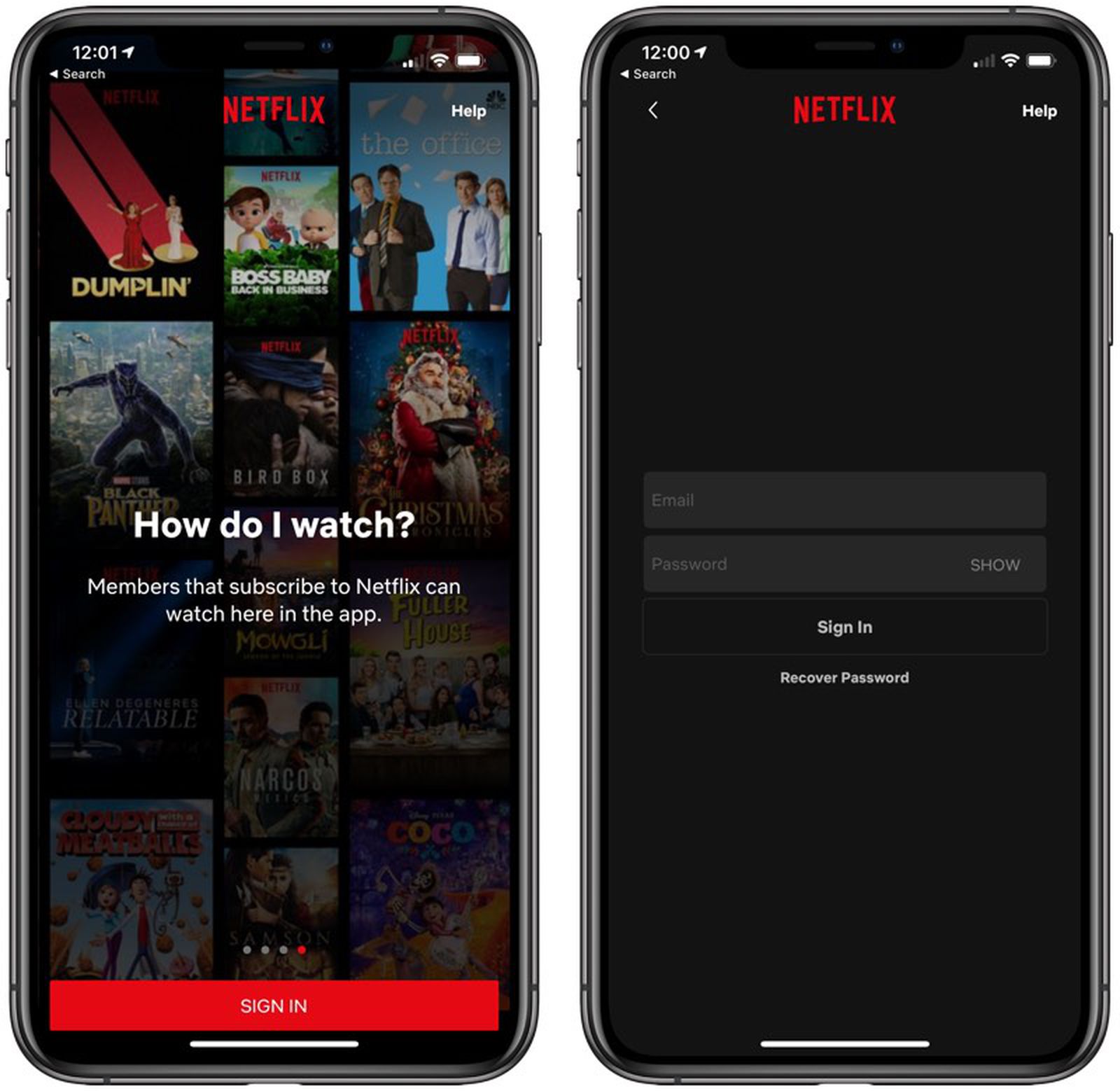So you’re admitting it is about money. I won’t defend DHH specifically. And I never said he was a scrappy underdog. But the fact he/Basecamp are getting a lot of support from people who are usually pro-Apple or at least Apple neutral says something. What it says to me is Apple needs to rethink it’s app store policies from the ground up. It’s not 2008 anymore. Apple’s primary objective should be to have a platform where developers can make and distribute the best apps possible. Trying to wring as much $$ possible out of developers to boost service revenues because hardware growth is stalling is not something I would consider to be insanely great.
Of course there is a money element, but it's a lot more nuanced than that.
First off, I don't think Apple is doing this specifically for the services revenue to pad their bottom line, nor is it a new development spurred on by slowing hardware sales.
Rather, the simple reality is that the iOS App Store costs a lot of money to run, most apps are either free or monetised in a manner that do not generate Apple any revenue (such as ads), and really, the key source of income for the App Store besides the $99 annual developer fee (which again, is waived for enterprise, education and governmental organisations) is really from paid apps / subscriptions.
You can argue - why then does Apple not insist on a cut when a consumer books a ride via Uber, or orders something via Amazon, or buys clothes from Lazada? I would counter that it is precisely because Apple elects not to get any money from any of these transactions that they have to stand firm on this issue because already, so many developers are moving from one-time paid apps to a subscription model, and encouraging their customers to bypass iTunes so they can keep 100% of the subscription revenue. There comes a point where Apple has to put its foot down and establish a precedent here and now (even if the timing is extremely bad, given that WWDC is the following day), lest you open the floodgates for even more developers to do so, which in turn means less money for Apple to sustain the App Store.
Yes, you will point to the elephant in the room - spotify and Netflix. This doesn't make it acceptable by App Store rules; it just means that Apple hasn't come for them. Yet. Maybe Apple never will, but it doesn't mean you throw your entire rulebook into the dustbin just because. I think this goes back to Steve Job's vision of the App Store originally being a market for paid apps, and subscriptions were more the exception than the norm.
I admit I don't know how much it costs to run the App Store, but I am willing to bet that developer fees alone don't even come close to covering it, and I suspect the App Store isn't as profitable as some critics are making it out to be.
The problem then comes as to how to charge developers "fairly", and I don't think there is one right answer to that. You could increase the developer fee, but then that will raise the bar for developers who want to release apps for the App Store, especially when you consider that Apple reaches out to young budding coders who may still be in school themselves. Exactly the opposite of what you are trying to achieve here, which is to make the App Store accessible to as many developers as possible. Not to mention that if this may cost you to lose developers to the point where you rake in even less money as a result.
Billing developers a percentage of their earnings seem like they are being penalised for their success (you earn more, you pay more, just like taxes), and some could argue that it is the rich who are subsidising the poor here. So again, you have winners and losers, just that a different party is left holding the hot potato here.
One might argue that Apple could afford to subsidise the App Store using iPhone profits, but when you have a loss leader, the temptation is arguably always there to try and cut costs wherever possible, and payroll would be the first obvious place to start, which then has a trickle-down impact on the efficacy with which the App Store is maintained and run (not saying it currently is, but it's still much better than say, the google play store).
It will be interesting to see if Apple will say or introduce any new measures during WWDC to address this particular phenomenon. I can see them relenting and allowing companies to put messages in the app informing users of alternate means of subscribing. I suppose subscription % may have to be lowered as well (perhaps to 20% or even 15%?) in the first year, rather than expecting companies to wait it out till the 2nd year?
It's not so straightforward as "Apple - greedy, Developer - victim".










